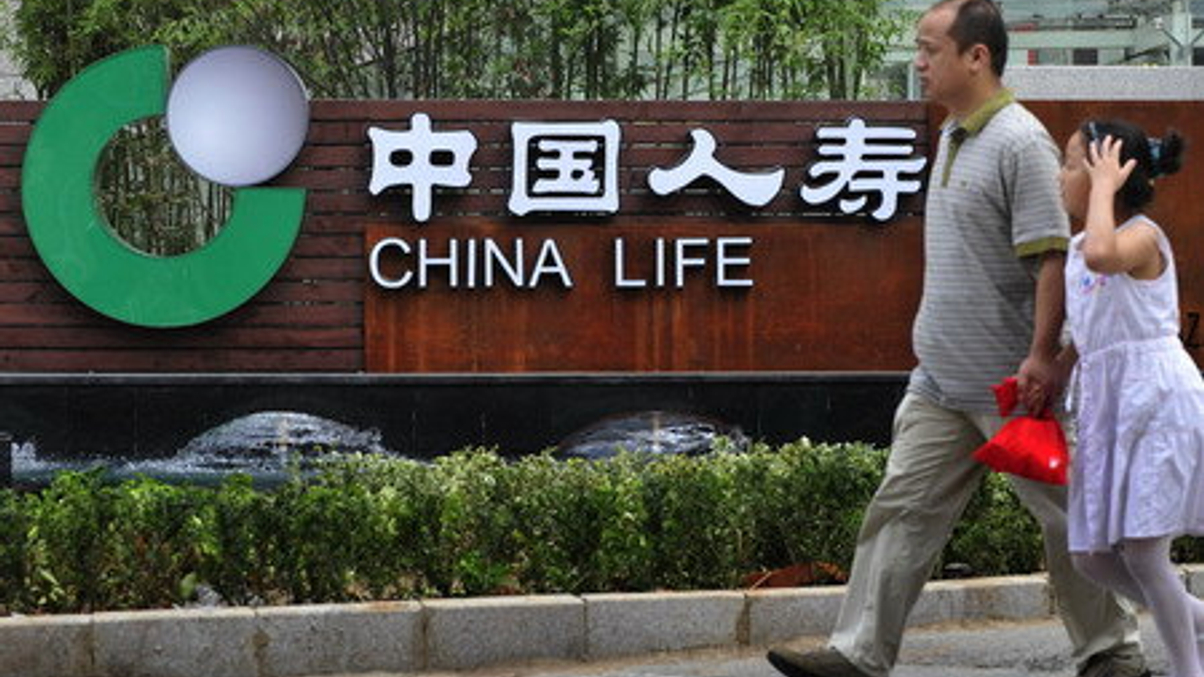China Life outlines plans for foreign mandates
The biggest mainland life insurer is on a drive to expand its overseas allocation to 15% from 2% with a strong focus on alternative assets. It is eyeing more external managers.

Chinese insurance companies' eagerly awaited shift into alternative and overseas markets is well and truly under way.
Sign In to Your Account
Access Exclusive AsianInvestor Content!
Please sign in to your subscription to unlock full access to our premium AI resources.
Free Registration & 7-Day Trial
Register now to enjoy a 7-day free trial—no registration fees required. Click the link to get started.
Note: This free trial is a one-time offer.
¬ Haymarket Media Limited. All rights reserved.


